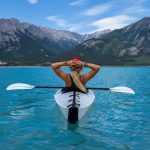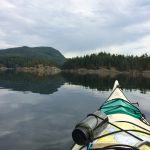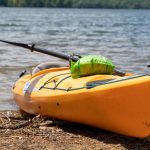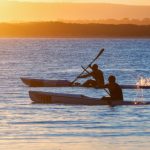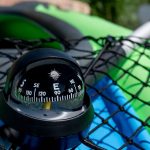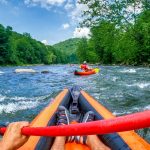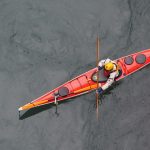Want to start kayaking? Great decision. Whatever your reasons for getting into the sport, we’re with you!
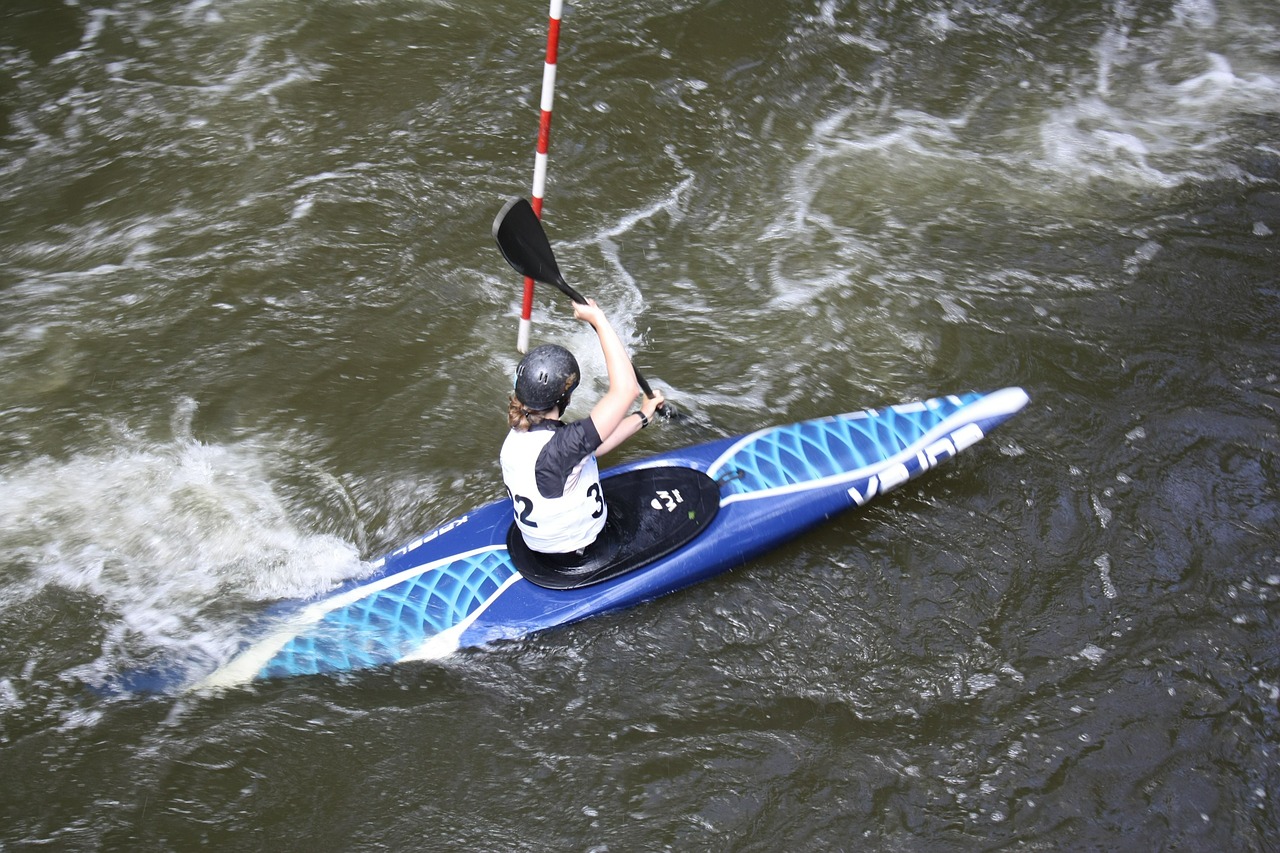
Now that we know what the different parts of the kayak are, we’re going to look at all the different potential uses for a boat and where you can paddle them.
Broadly speaking, there are six categories which kayaks might fall into:
- Recreational
- Fishing
- Touring
- Sea
- Surf
- White Water
There can be some crossover in these classifications, as well as sub-categories within many. Unfortunately it’s not quite as simple as picking a discipline and going from there, but they are a great starting point to understanding kayaking.
Recreational Kayaking
Recreational kayaking is often seen as the realms of the novice paddler, and it is usually where we start out, however it’s equally suited to experts and indeed many experienced paddlers will go out recreational kayaking, even if their niche is elsewhere.
The term recreational can be slightly misleading; after all, most kayak is a form of recreation. In this sense, recreation refers to the type of water you’re on and the distance you’re likely to be covering.
Recreational water is generally calm, flat water, either lakes or sheltered bays on the sea, close to shore, or slow moving rivers or estuaries. You’re likely to cover short distances or often not go very far at all, but explore the area you are in.
To paddle in this mild, gentle environment, you need a relaxed kayak, with incredible stability and storage for all those things you want to take with you to make your day more pleasant. Recreational kayaks are increasingly sit-on-top design for added accessibility, and even the closed style often have a larger cockpit area than is commonplace, to make access more straightforward.
Recreational kayaks are often wide, with flat hulls which have a slight v-shape to them to help them track. They may have a keel line and some storage, but these are not as clearly defined as in touring, or sea kayaking boats.
Kayak Fishing
Increasingly popular, fishing from a kayak allows you to cruise around silently on rivers, lakes and around the coast, moving almost silently through the water. True, you can fish from almost any kayak on the market if you choose, but if the main aim of your time on the water is fishing, you’ll benefit from a kayak fishing specific boat.
Fishing-specific kayaks often have very recreational characteristics; incredible stability, a flat, wide hull, and being relatively straightforward to paddle. They are also usually sit-on-top kayaks.
Stability is paramount for fishing kayaks. You need to be comfortable enough in the boat to focus on the task of hauling in your writhing catch. To promote an active fishing position, these kayaks often have a slightly higher seat, or are a stable enough platform that you can stand and fish from them.
These boats also come with a whole range of extras and useful additions to make them perfect fishing platforms. Rod holders, mounting spots for fish finders and GPS trackers, and storage specifically designed for tackle boxes make these boats much more user friendly than just trying to use any old kayak to fish from. There are also anchor kits so you don’t find yourself adrift.
Touring Kayaking
Often confused, or thrown in with sea kayaking, touring is very much it’s own discipline. Often not too dissimilar to recreational kayaking, touring kayaks tend to be longer, narrower and designed to cover greater distances.
Kayak touring tends to take place on relatively calm bodies of water and rivers without any rapids. It’s the perfect way to explore vast lakes or estuaries under your own steam. Touring kayaks usually range around 11 – 14ft and have clearly defined keel lines which help them track and maintain their course through the wind.
As the primary aim of touring is to cover long distances, these boats don’t need to be able to turn quickly, however they are often fitted with rudder systems to make it easier to perform long, smooth turns.
Touring kayaks tend to be slightly wider than sea kayaks, designed to balance efficiency and stability, rather than focusing solely on performance. They may have watertight hatches for kit storage, which makes them perfect for an overnight trip.
Sea Kayaking
Whether it’s a long day out exploring the coast line, caves and rock pools as the break crashes around you, or an epic crossing with no land in sight, sea kayaking can be some of the wildest, most treacherous and breathtaking exploration possible.
Paddling off-shore also gives you access to wildlife you simply don’t get anywhere else, and it’s commonplace to see people paddling alongside pods of dolphins, watching gannets dive between boats or whales breach nearby.
These boats are arguably some of the most historic of all kayaks and are long and slender, with clearly defined edges and a long keel line. Sea kayaks are designed predominantly with efficiency in mind. They may feel sluggish to get started, but turn around after just a few paddle strokes and you’ll be amazed how far you find yourself from the shore.
Sea kayaks have taken people on long journeys, spanning weeks at a time, around countries and across continents. It’s an incredible way to explore long distances, and sea kayaks can be used on inland water where you want to cover greater distances than is possible in the slightly slower touring kayak.
Surf Kayaking
This is just kayaking in the sea, isn’t it?
Not quite. Surf kayaking is a classification of its own and comes with its own, very peculiar looking, boats. These boats are borne of surf boards, and come with very flat hulls, in fact you can almost see the shape of a surfboard in many of the designs. Sit-on-top surf kayaks almost look like a surfboard/paddle board crossover with a seat on top, but there’s a bit more to it than that.
Sit-in surf kayaks look very different to any other style of kayak, but they have sharp, defined edges to maximise carving potential and maintain speed across the face of the wave.
Surfing happens, as you might expect, off the coast, and this is one of the most competitive disciplines within kayaking.
White Water Kayaking
Another discipline with a handful of sub-categories which come from it, white water kayaking has taken people to some of the most remote regions in the world, in search of adventure.
Steep, deep gorges lined with trees, wide, wild rivers with raging rapids, or scenic, meandering rivers with gentle white ripples. White water kayaking has many options, but the one thing that rings true for all aspects is that you need a short boat, designed to turn quickly and accelerate away from danger to navigate the twists and turns of the river.
The edges on white water kayaks tend to be softer than on sea kayaks, but they still offer enough grip to carve a turn across the face of a wave, or into an eddy (a flat section of water caused by an obstacle obstructing the flow; trees, rocks etc.).
A certain subset of white water kayaks are impossibly short, and designed to perform stunts on the water; cartwheels, flips and spins. These freestyle boats are often around 6ft long and look nearly square, but somehow people squeeze into them and throw them around as though they are weightless.
These freestyle boats have sharper edges than those designed for creeks and waterfalls, and the outfitting is extremely tight to allow you maximum control and edge transition.
There’s also slalom kayaking, one of the olympic disciplines of kayaking, where competitors chase through gates as fast as possible and perform dynamic, stalling turns on the tail of their boats. These boats look bizarre, with most of the volume at the front end, while the tail is almost paper thin. These characteristics allow for the sharp turns and eddy spins, as well as the bursts of speed to win events.
What does this mean for me, though?
Nothing, potentially. Although maybe everything.
Probably the easiest discipline to start with is recreational kayaking, as the boats are the most accessible, stable and are generally perfect for beginners and families.
However, if your long term aspirations lay elsewhere, in fishing or touring for example, you’ll quickly find your recreational kayak no longer the perfect craft it once was. It might be worth deciding where you’re taking your paddling and buying a boat to match, rather than having a regular turnover of kayaks.
Fortunately, within each discipline there is a range of kayaks available, from the easily accessible to the performance models. If you’re just starting out, the sharp edges and pronounced keel of a sea kayak might be a bit too much, but you can get a mellower sea kayak, or a touring/sea crossover, and work with that to progress your paddling.
Of course, you don’t have to have aspirations of progression. Maybe your ultimate goal is to float gently around on your local lake, or drift lazily down the river and take some photos, drink a coffee and enjoy the scenery. That’s perfect, too, and we at Paddling Space can help you find your perfect, long term, recreational kayak.

